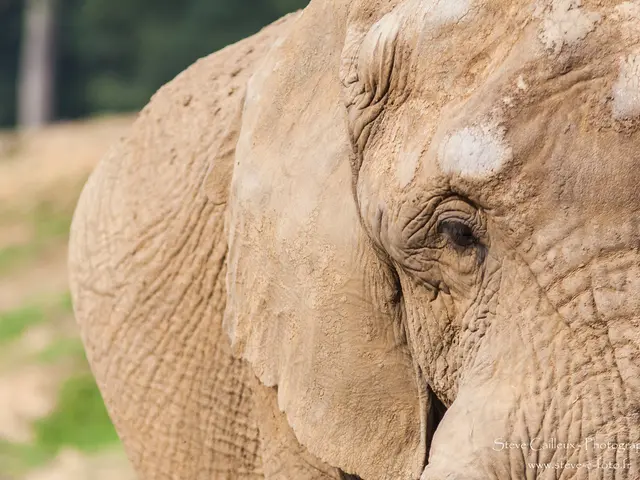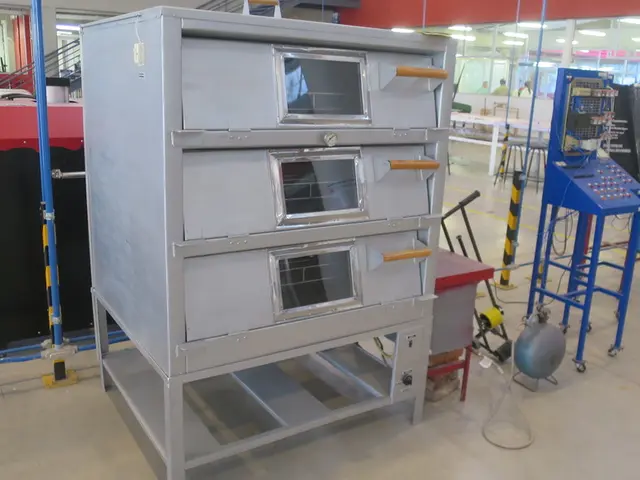NASA Deems Necessary to Engage Webb Telescope in Monitoring recently Discovered Dangerous Asteroid
In the remote chance of an asteroid impact, NASA's taking no chances with new find, 2024 YR4. This space rock, discovered by ATLAS in Chile, has a minuscule 2.1% likelihood of hitting Earth in 2032, as per current estimates. This asteroid's impact probability is the highest among known large asteroids, outshining others with odds less than 1%, NASA shares. The space agency's response to this slight threat is proactive - they'll employ the powerful Webb space telescope to monitor the asteroid in March.
According to NASA's recent update, the initial impact probability of 1.3% after discovery surged to 2.3%, but has since dipped marginally to 2.1%. Ground-based telescopes in the International Asteroid Warning Network are currently keeping tabs on the asteroid until April. Post this, the asteroid will become too distant for observation until June 2028.
Webb's precise observations aim to provide a better estimate of the asteroid's size, among other variables. At present, the asteroid is estimated to be between 130 and 300 feet wide (40-90 meters), posing an energy punch comparable to the Tunguska blast of 1908, NASA reveals. This asteroid, if it were to collide, would release about 8 megatons of energy - significantly more than the Hiroshima atomic bomb blast.
NASA categorizes any asteroid as potentially hazardous if its size is between 100 to 165 meters in diameter and if its orbit brings it within 5 million miles of Earth's. Asteroid 2024 YR4 holds the distinction of topping NASA's Sentry risk list due to its size and proximity to Earth, earning a 3 on the Torino Impact Hazard Scale. On this scale, a 3 rating falls under the "Meriting Attention by Astronomers" category.
History bears witness to objects being bumped up on the risk list, only to find themselves back in the safe zone once new information becomes available. NASA remains optimistic, urging "new observations may result in reassignment of this asteroid to 0 as more data come in." Fingers crossed!
The advancements in science and technology have led NASA to utilize the Webb space telescope, a vital tool for observing asteroids like 2024 YR4, in shaping our understanding of the future threats in space. With continuous monitoring and improved data, the future of asteroid impact predictions relies heavily on the intersection of science, technology, and our collective vigilance towards the cosmic expanse.








